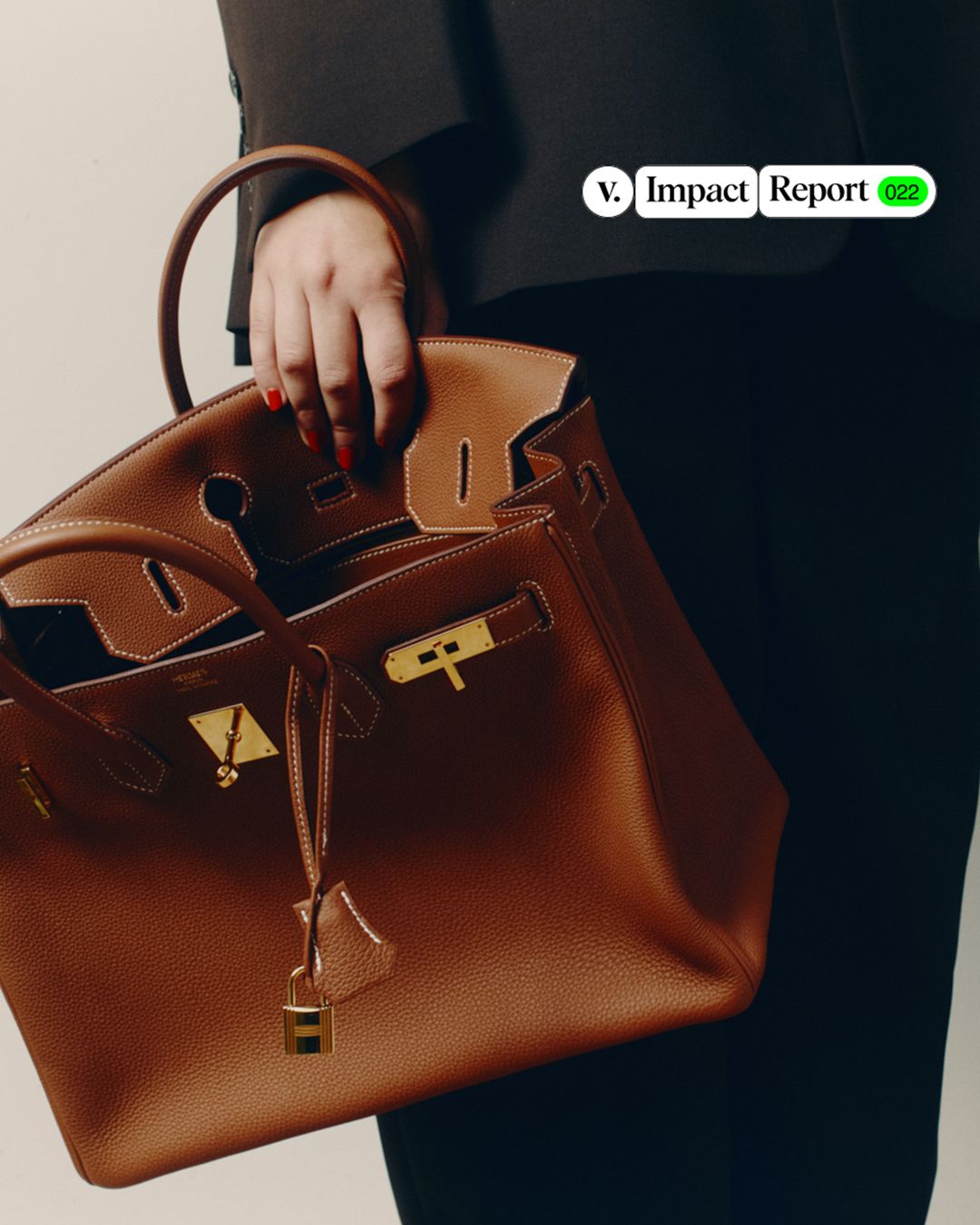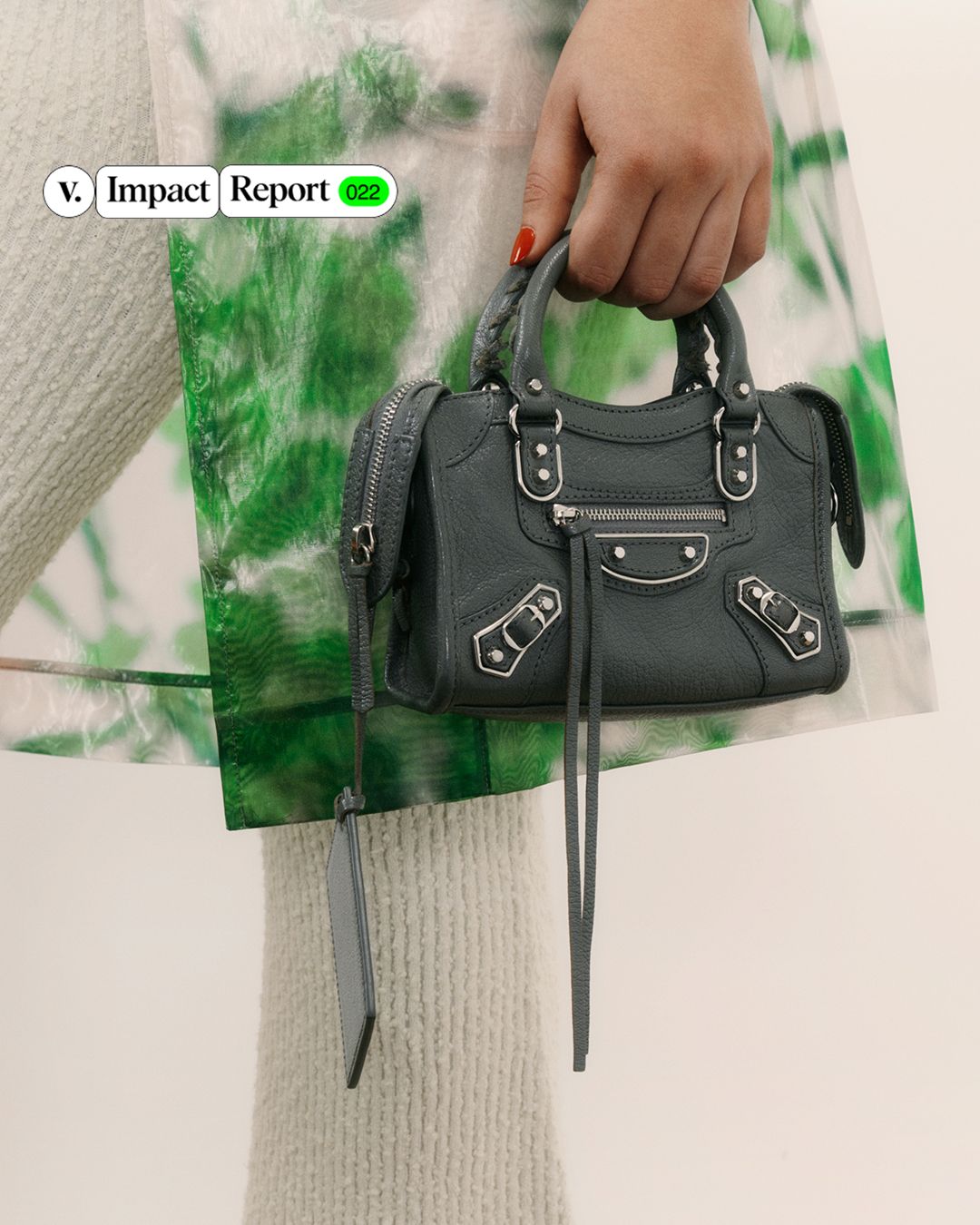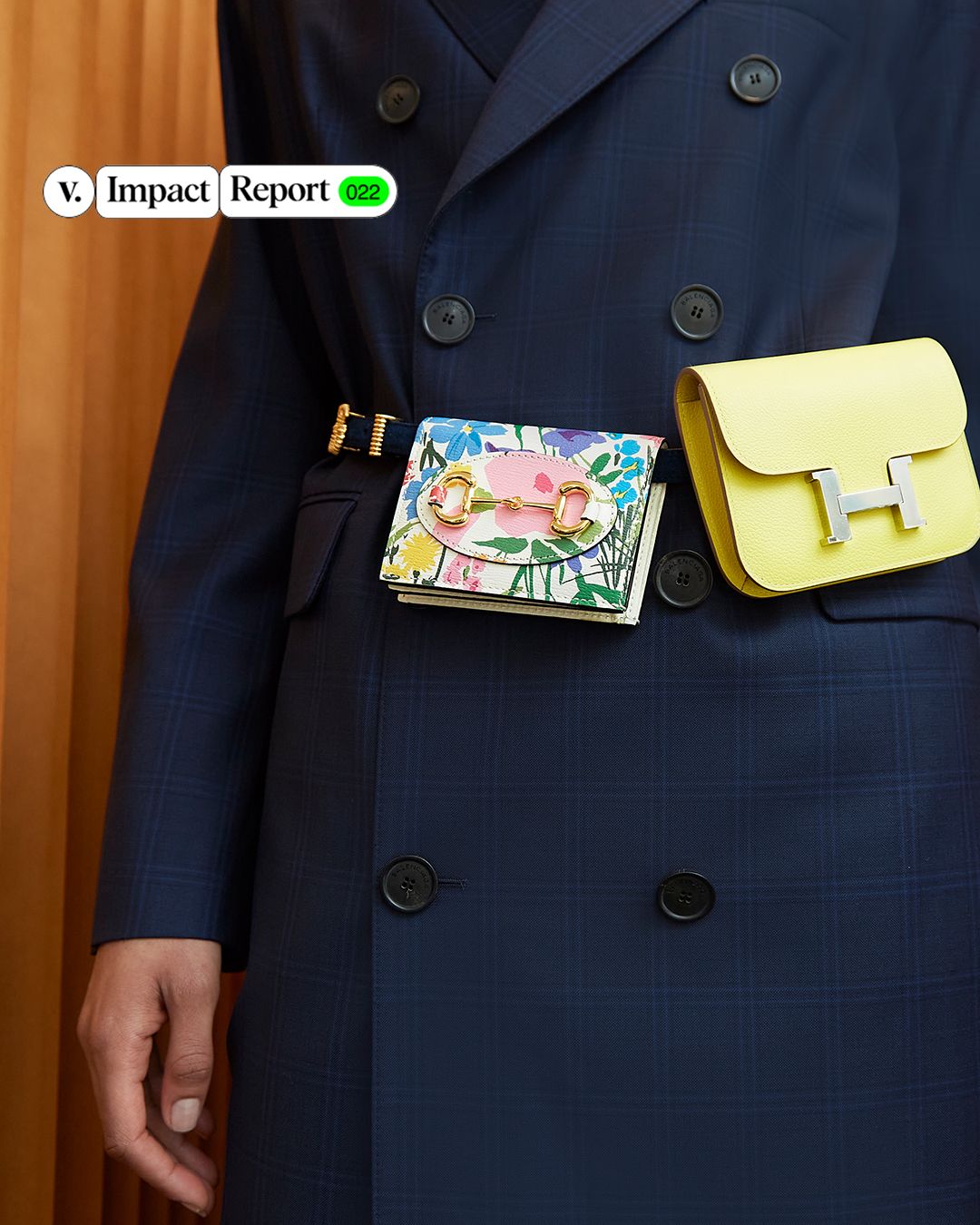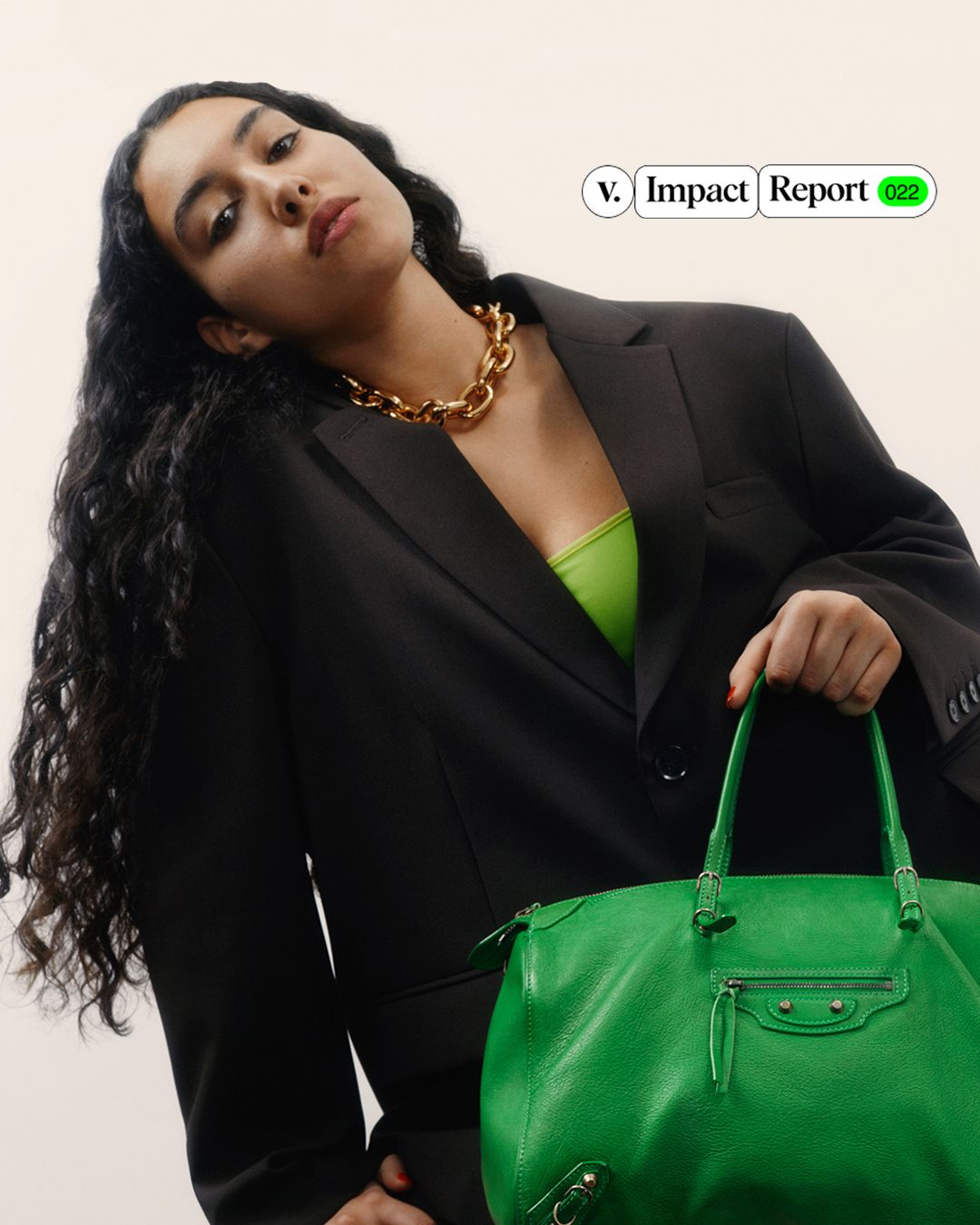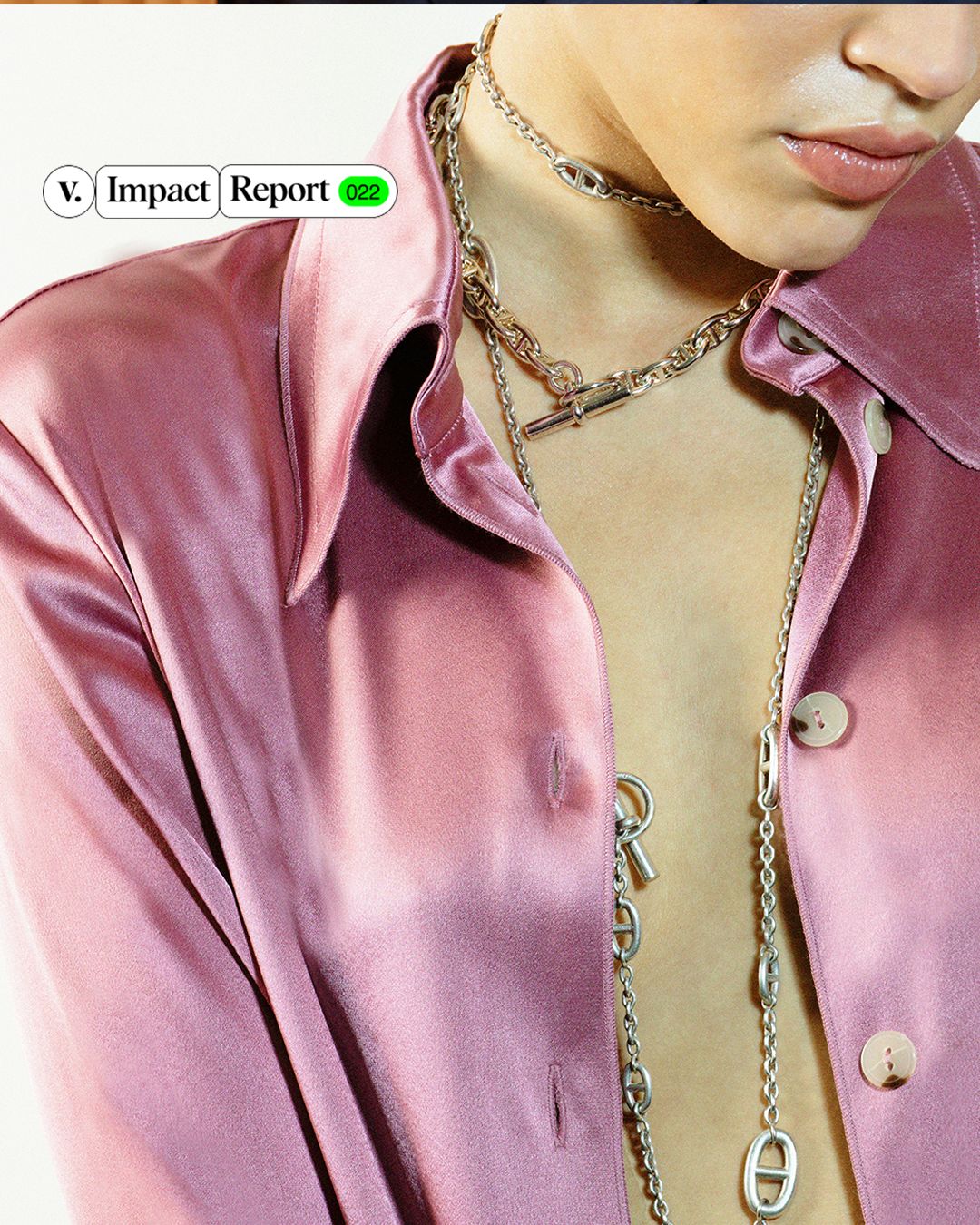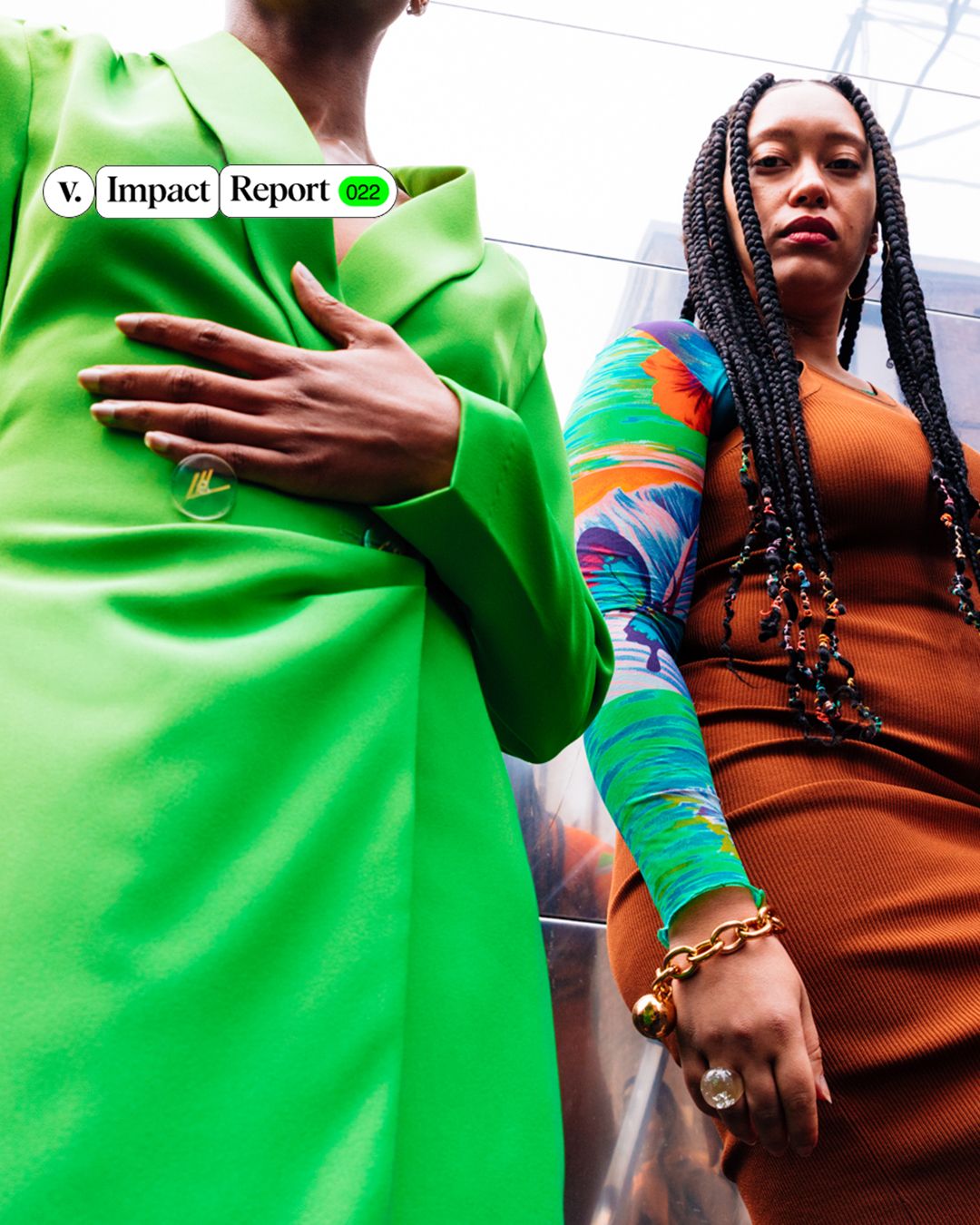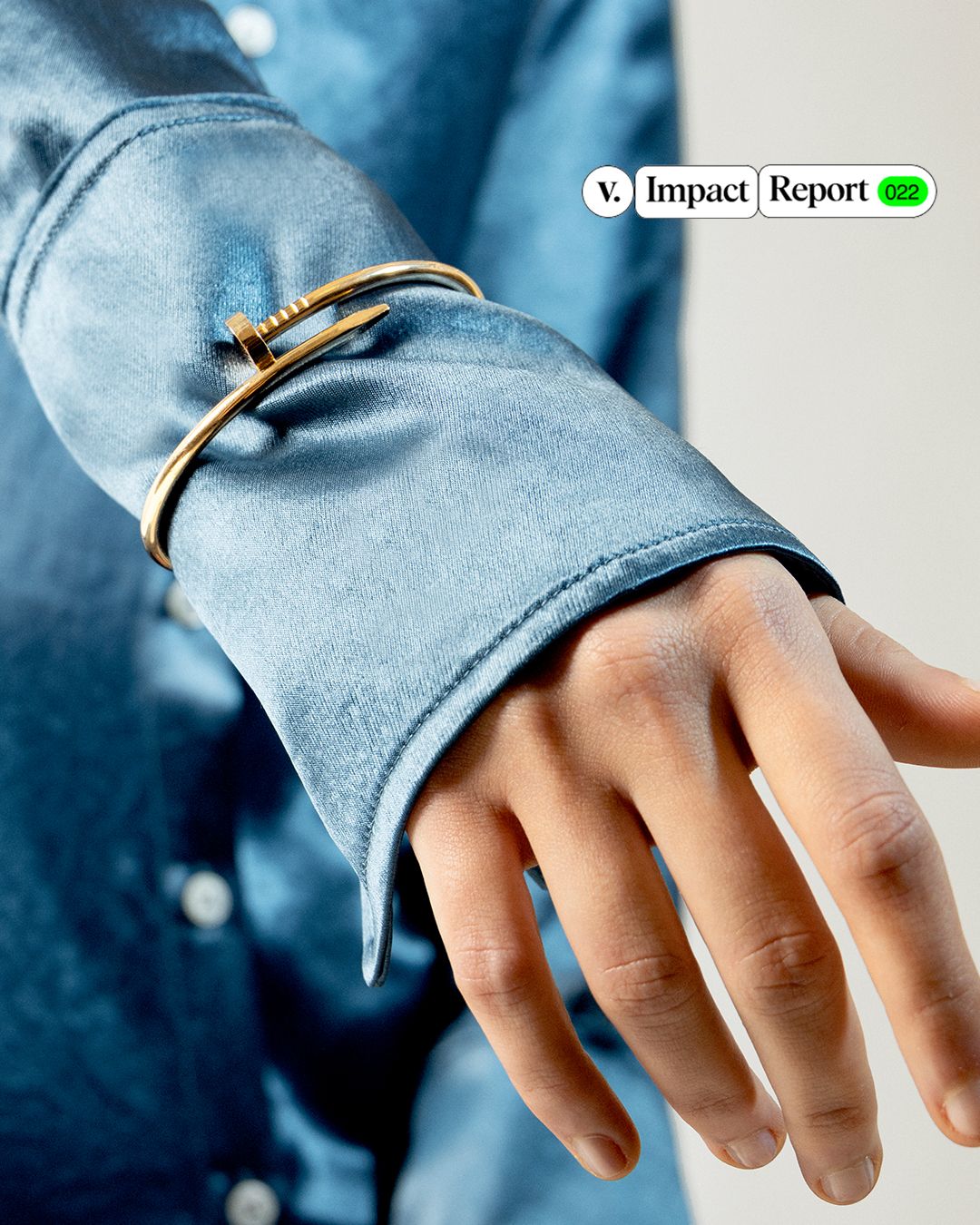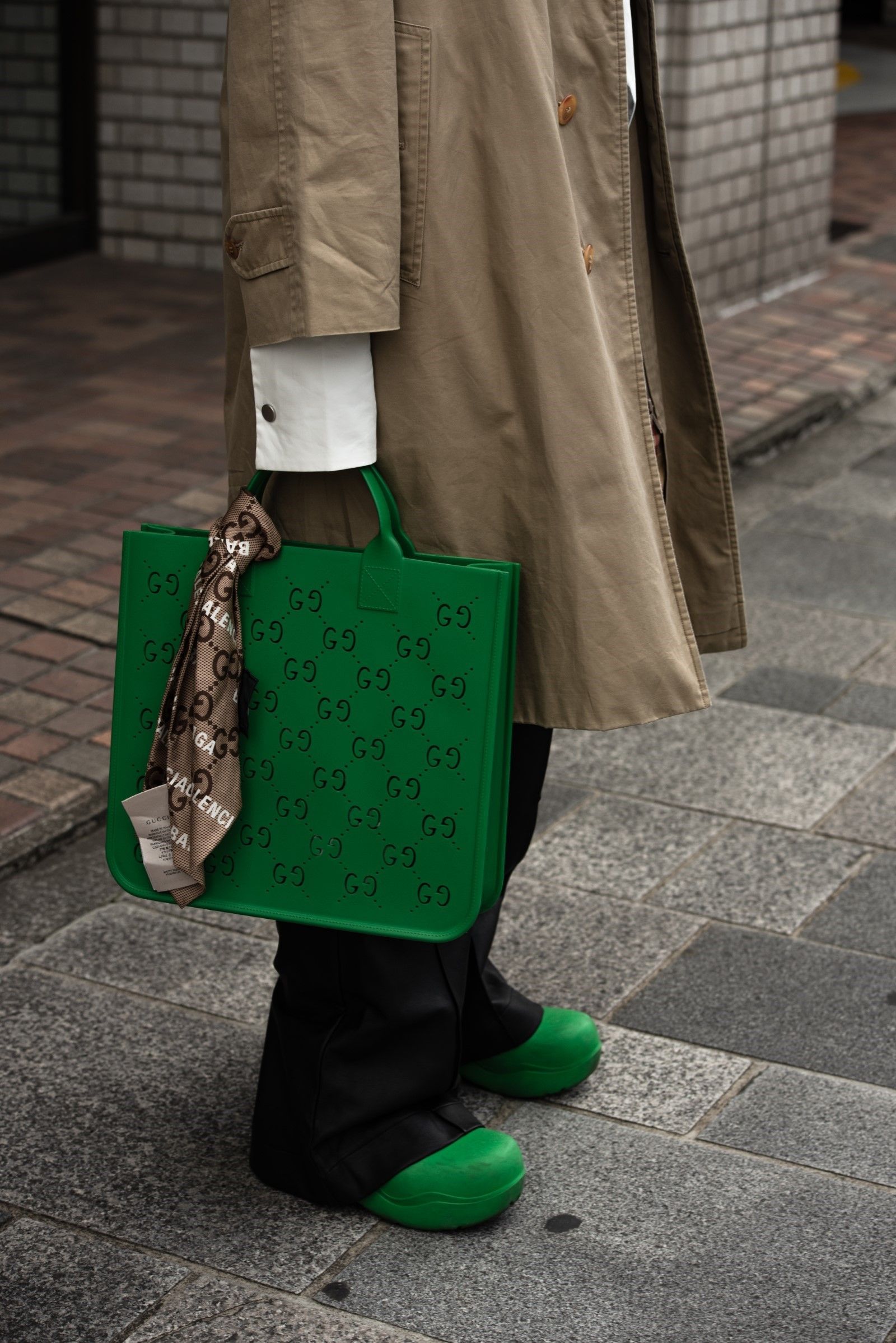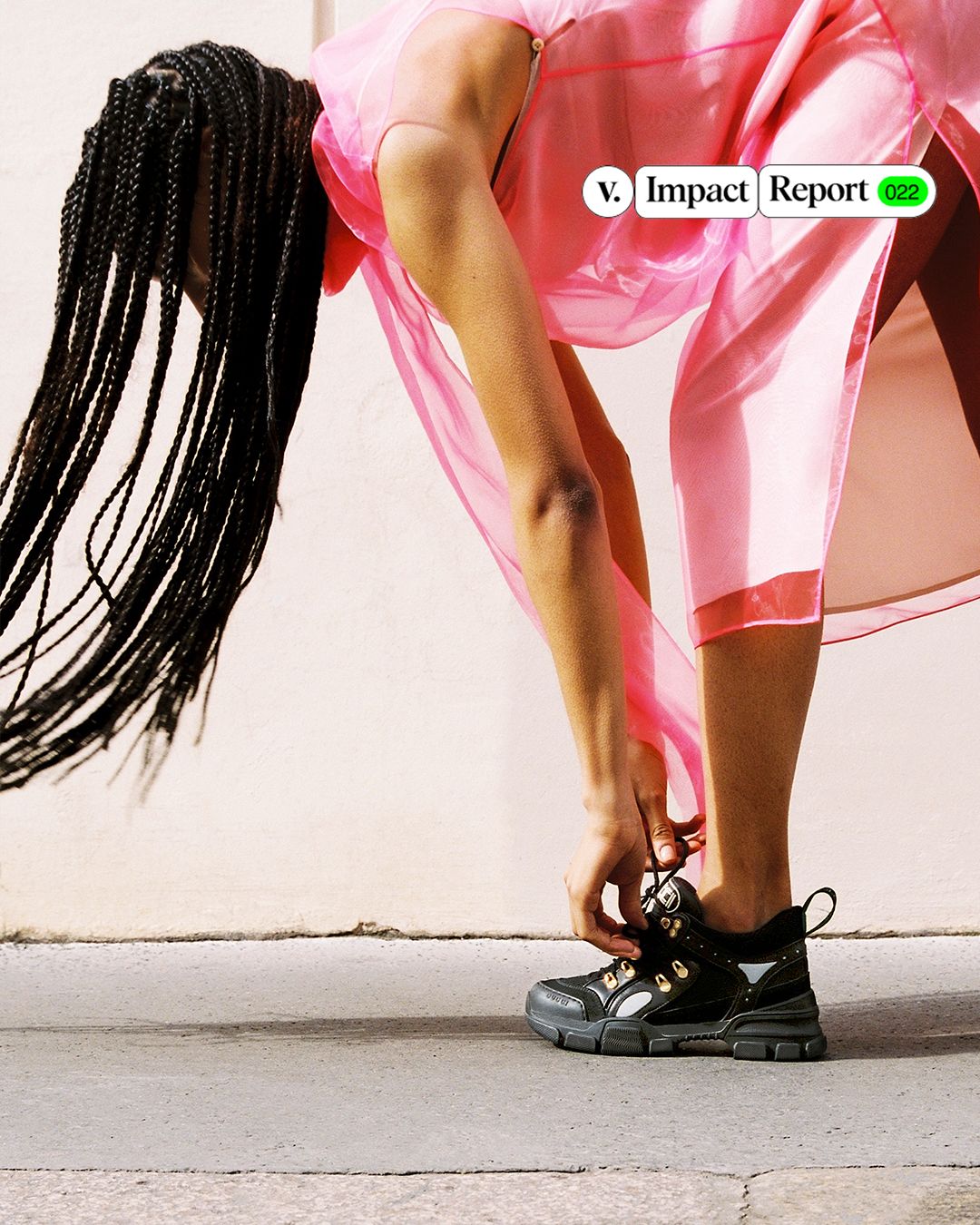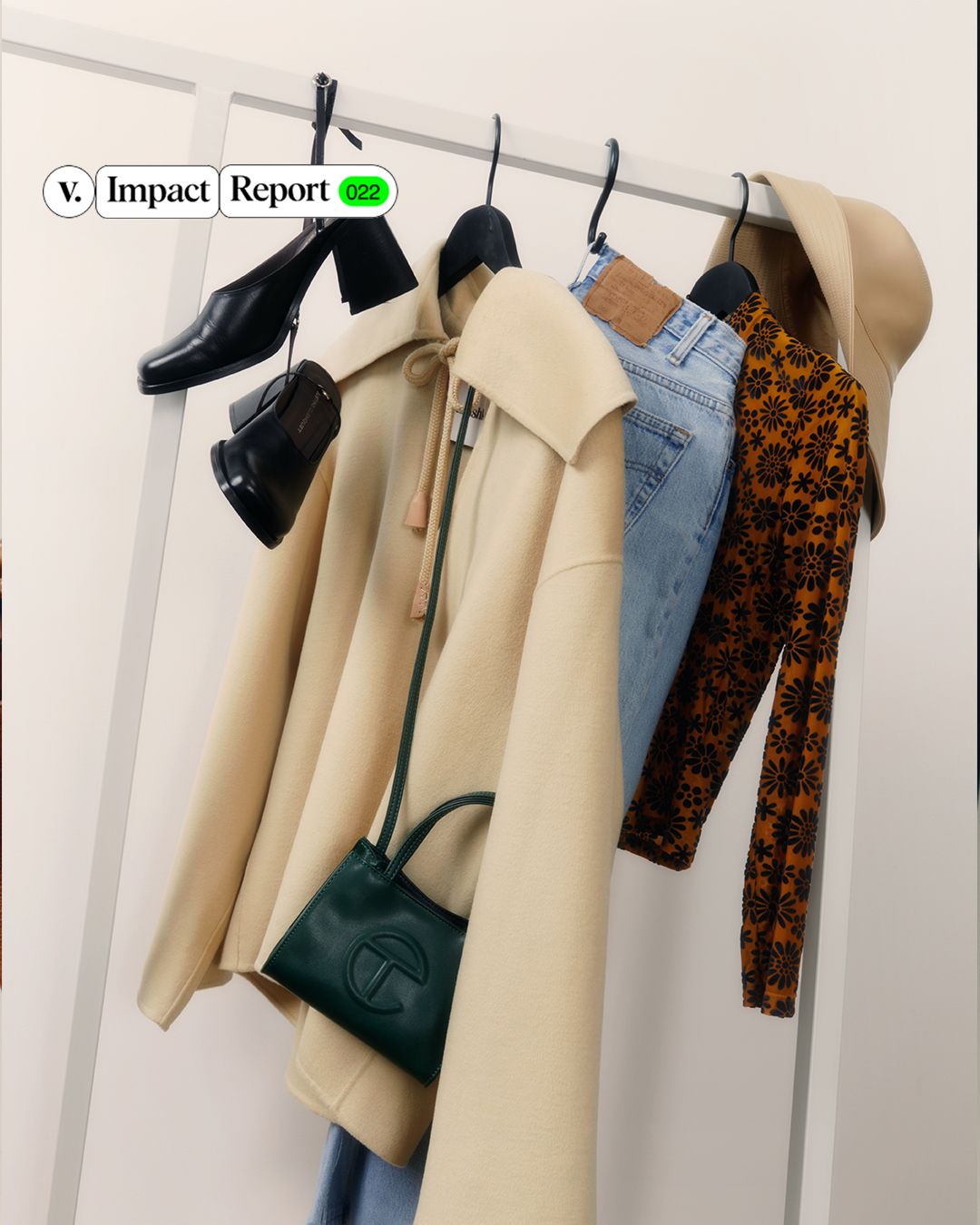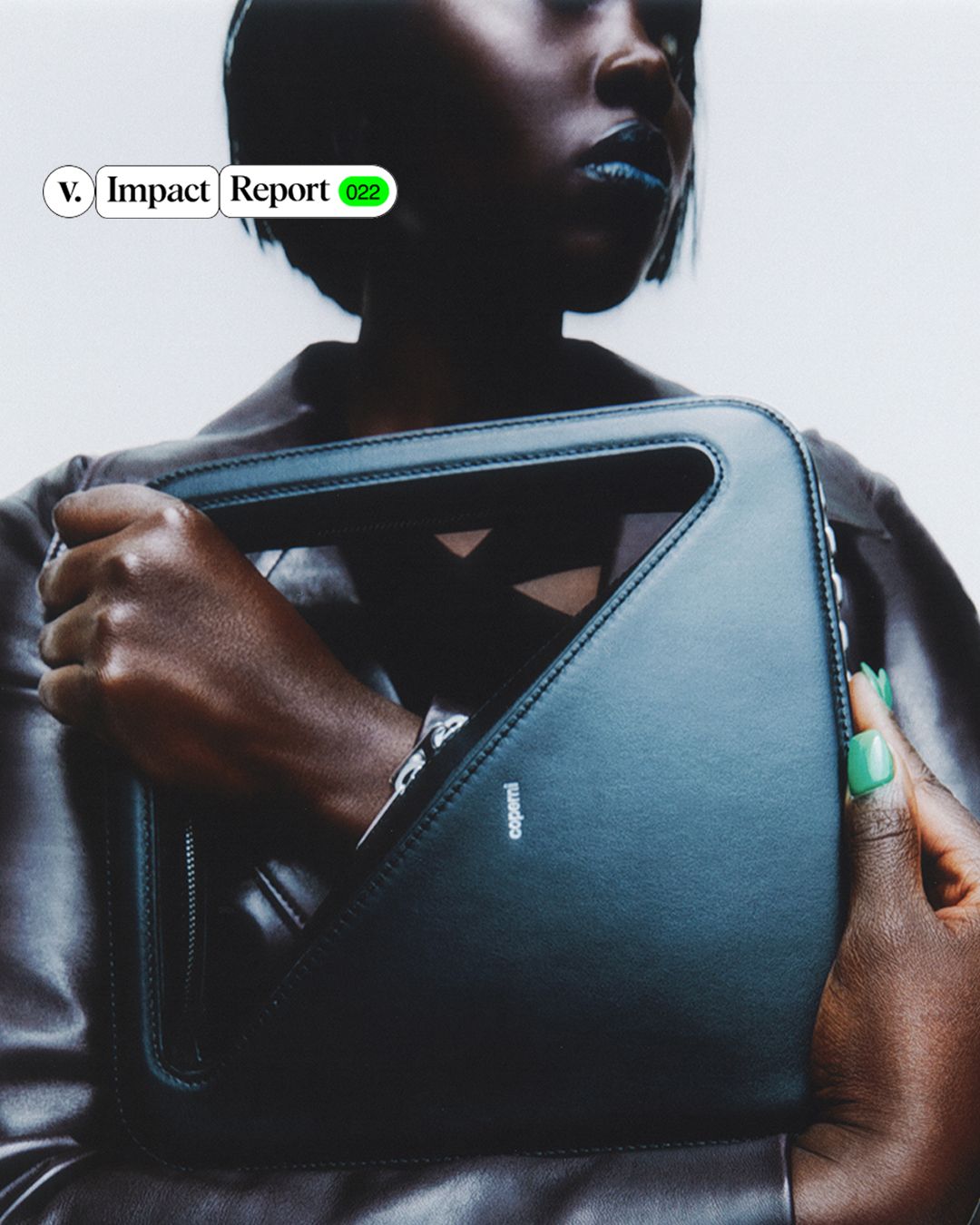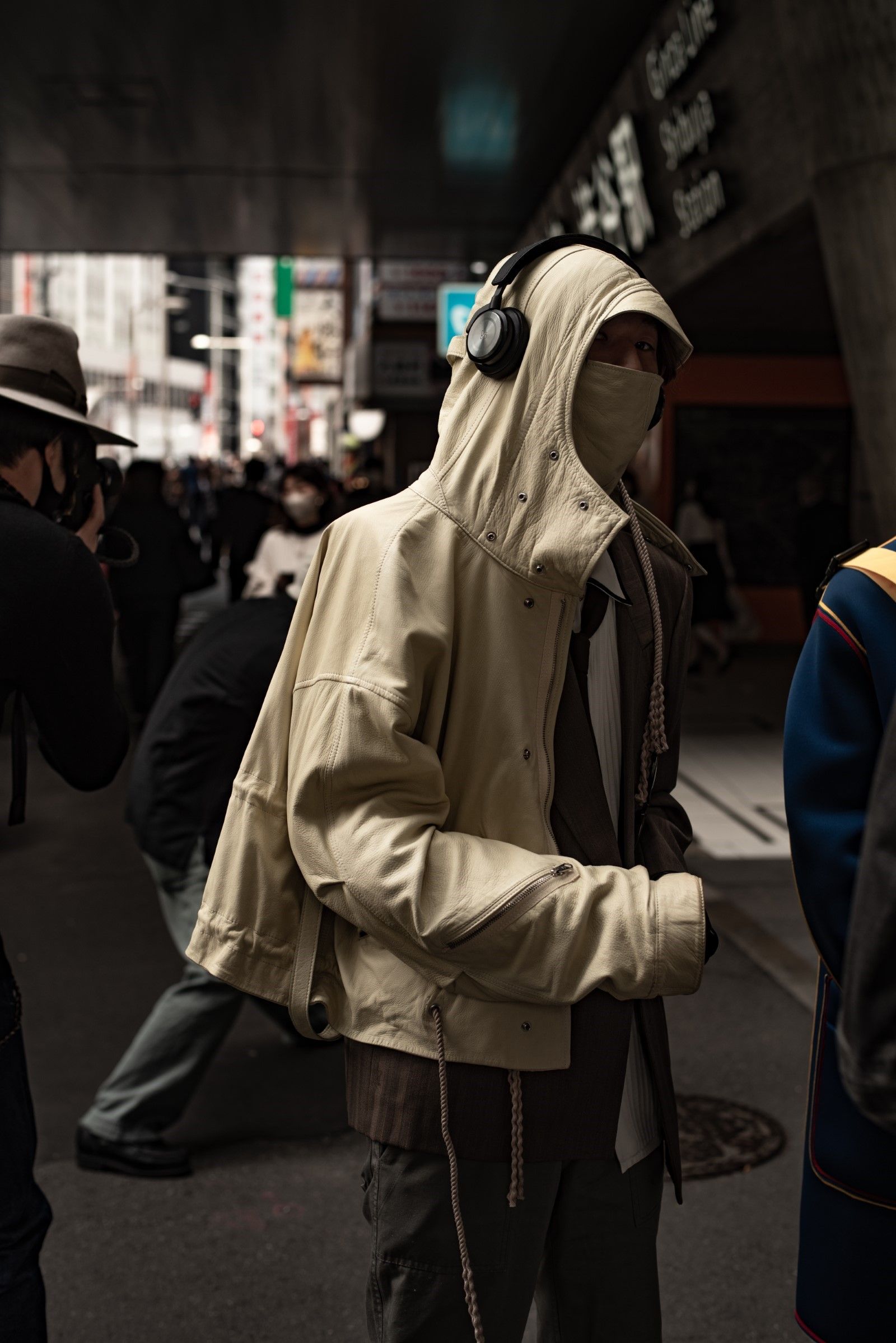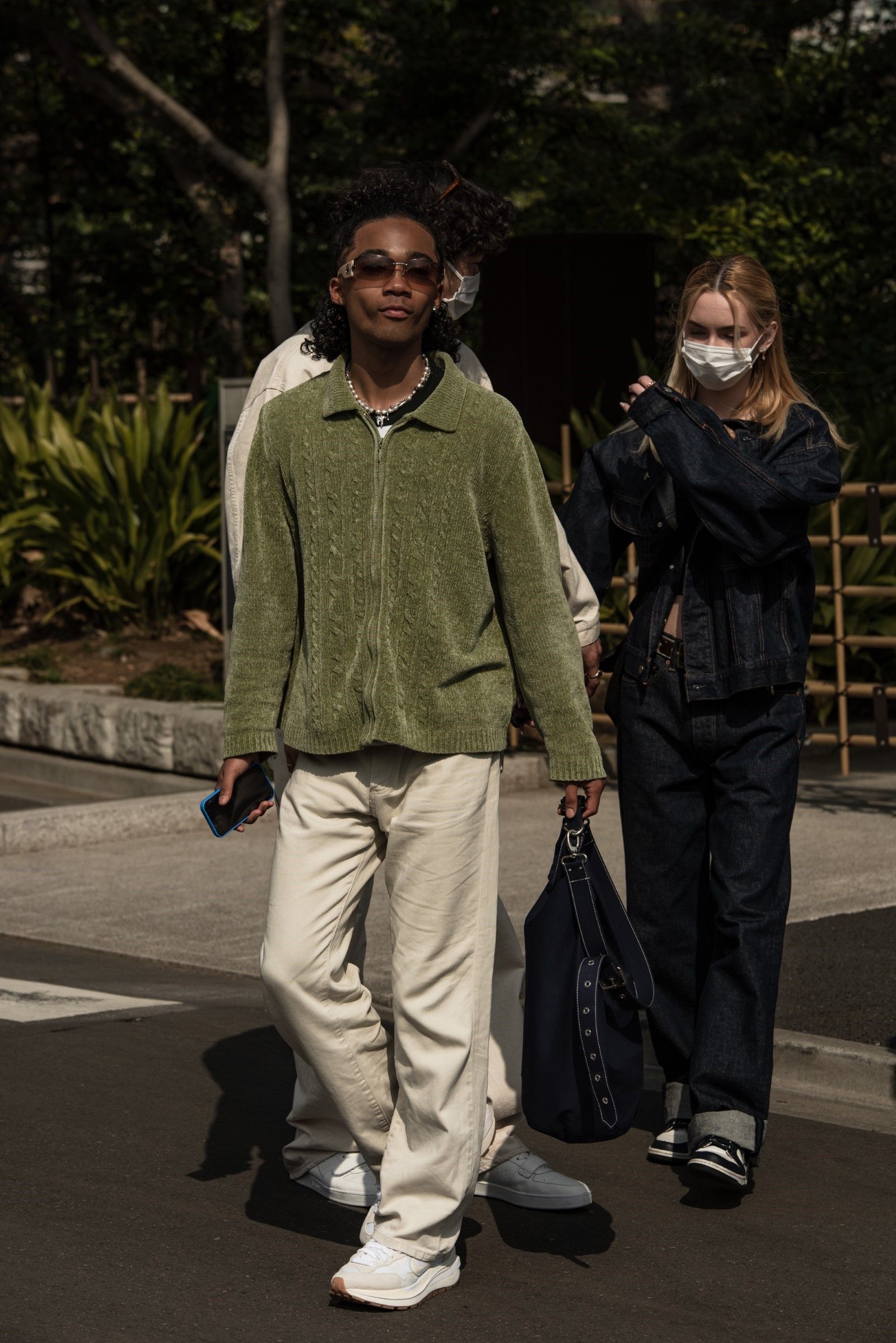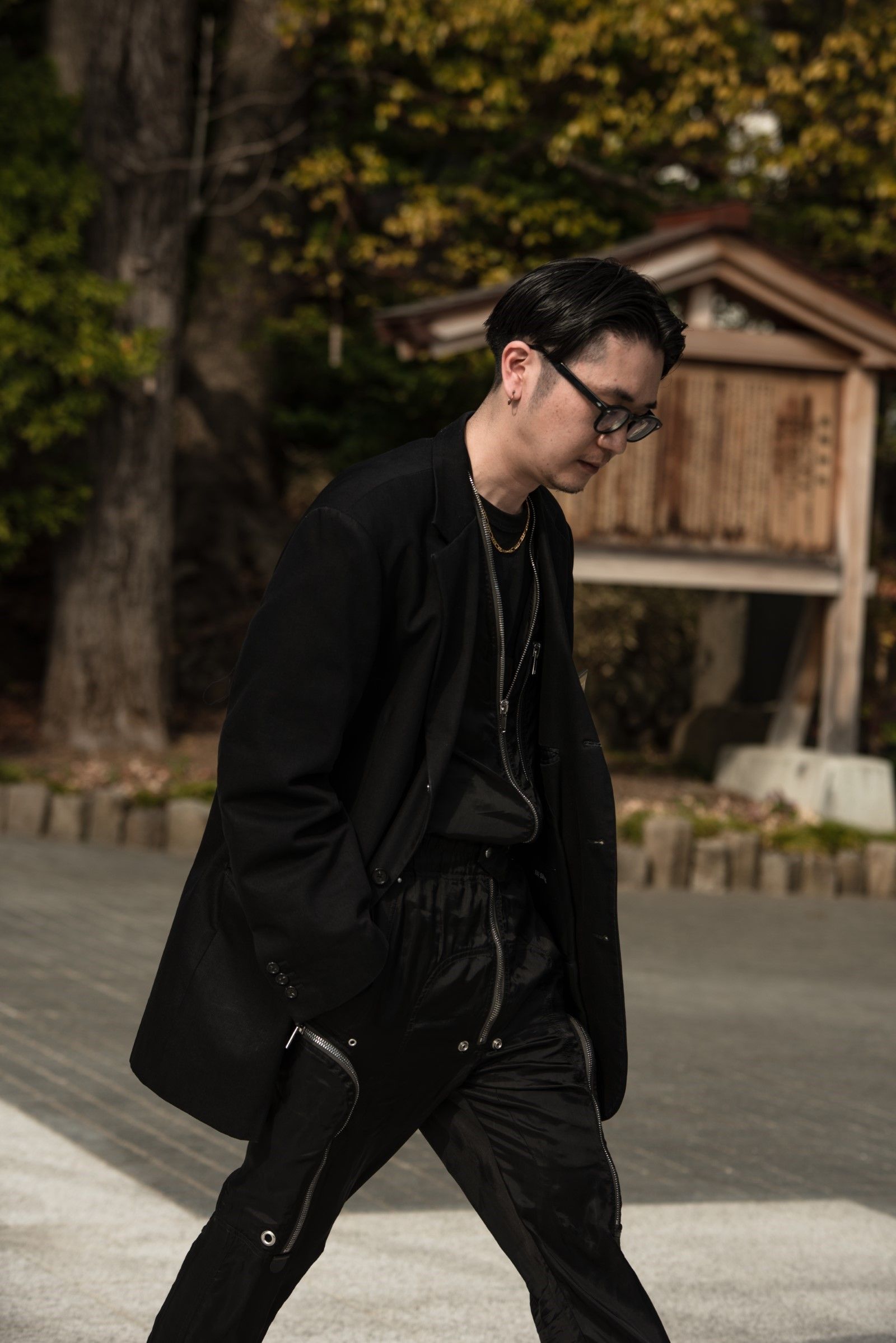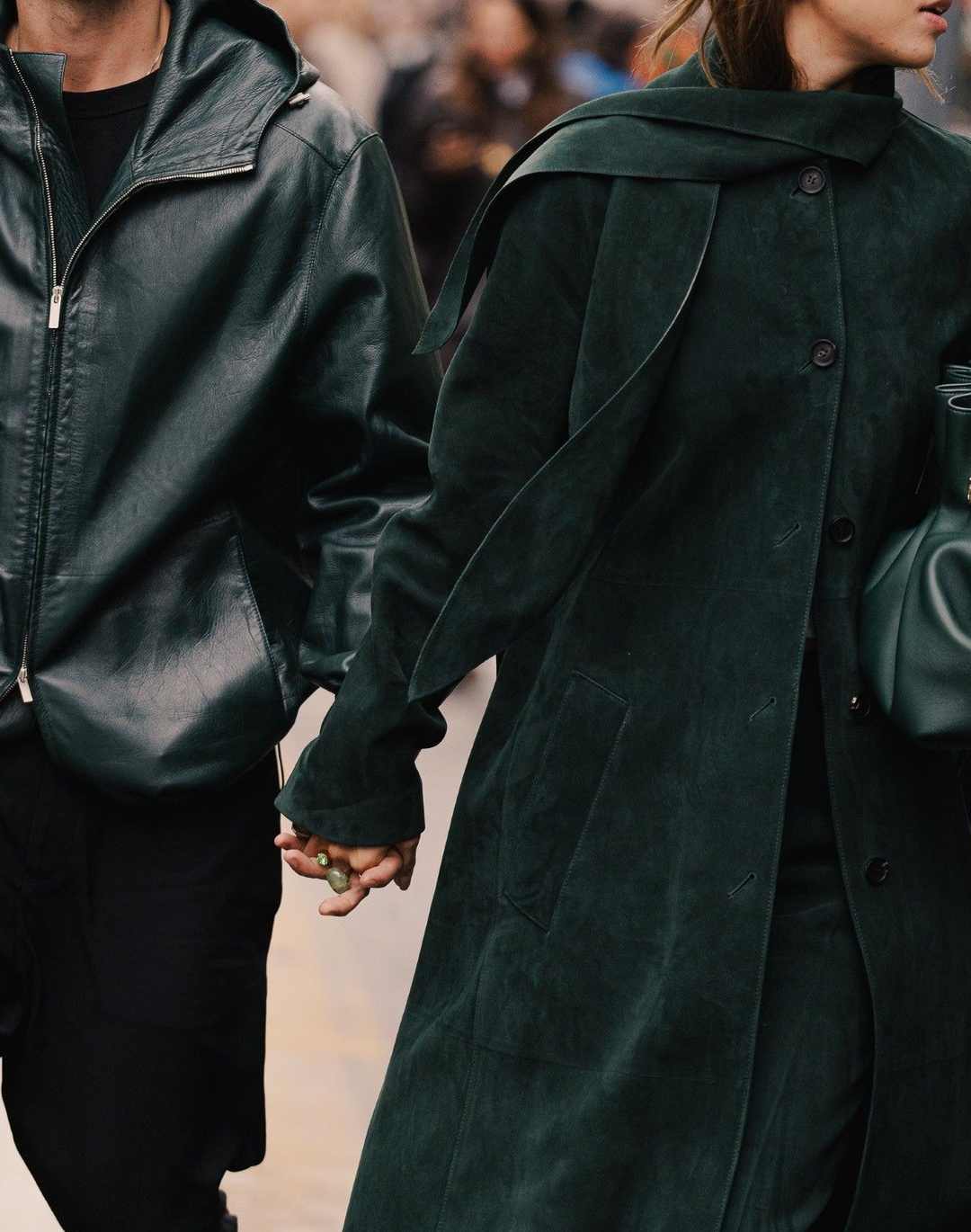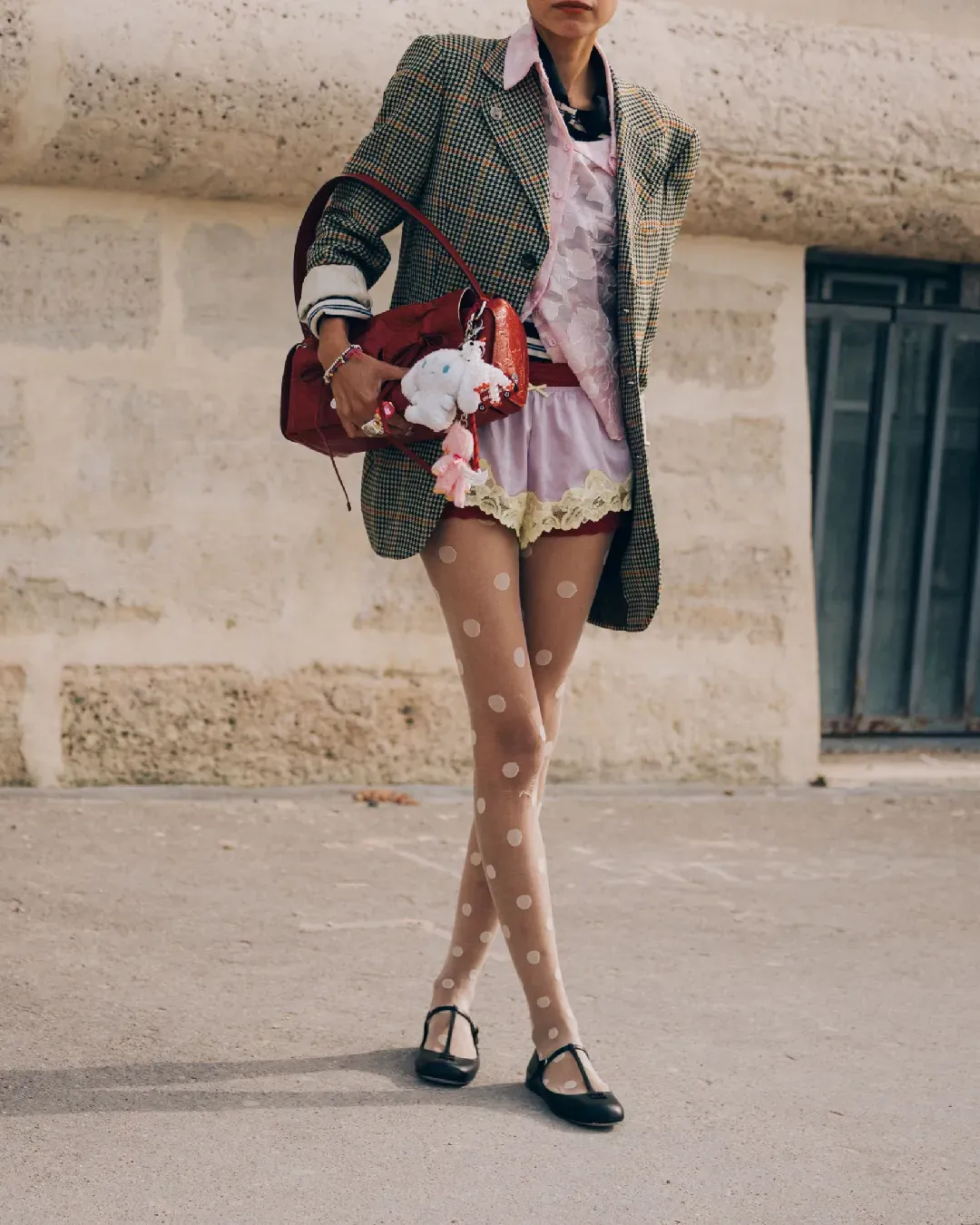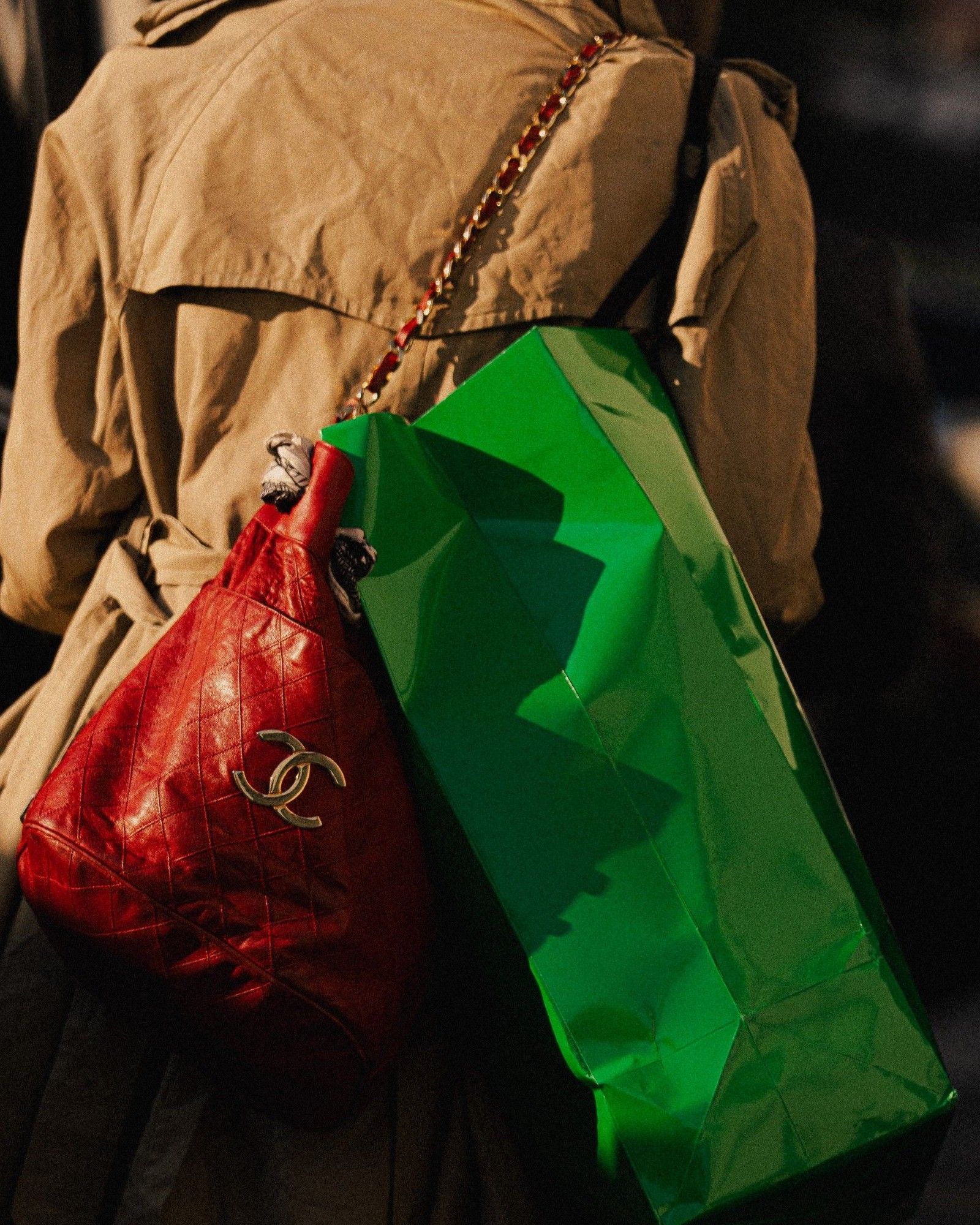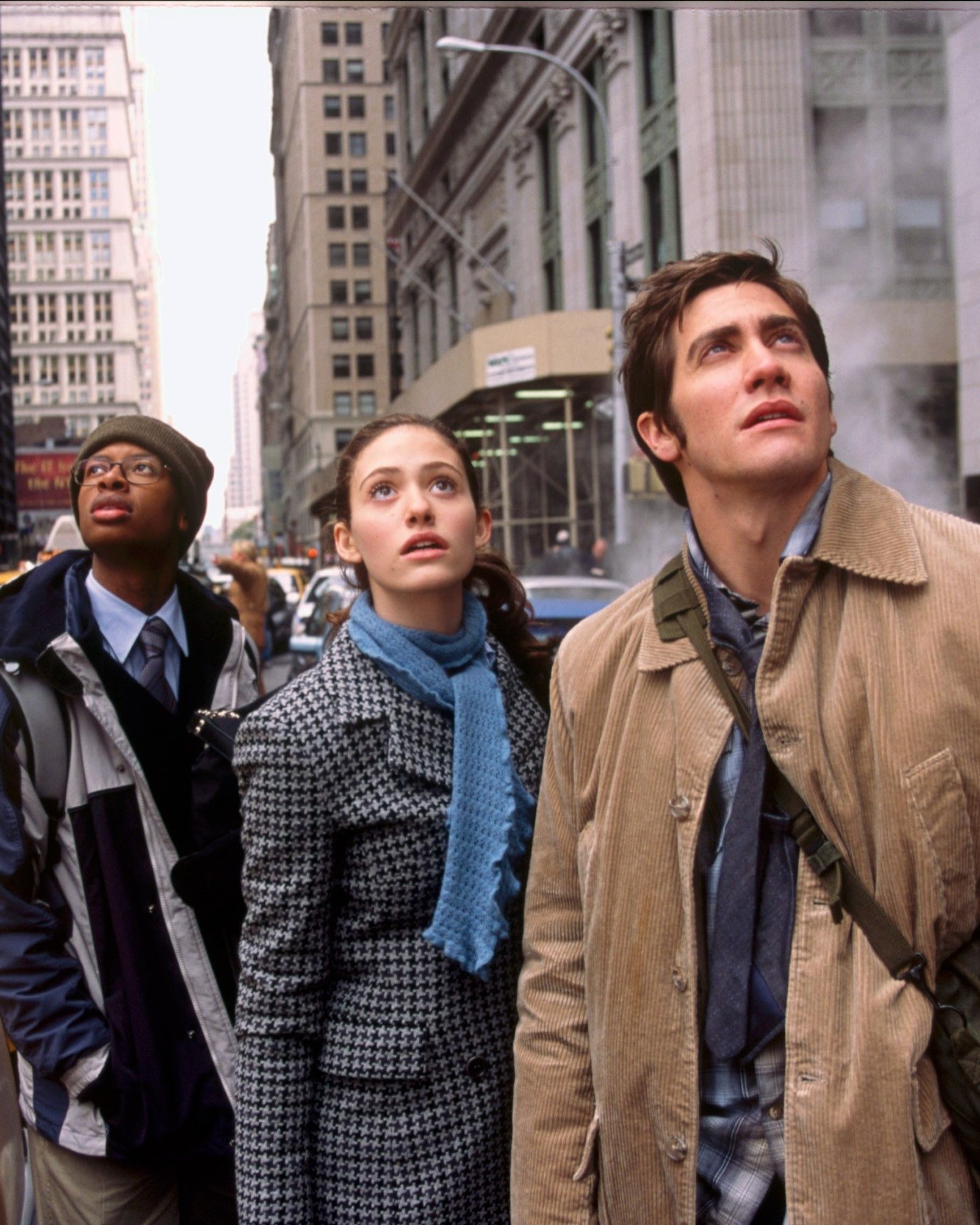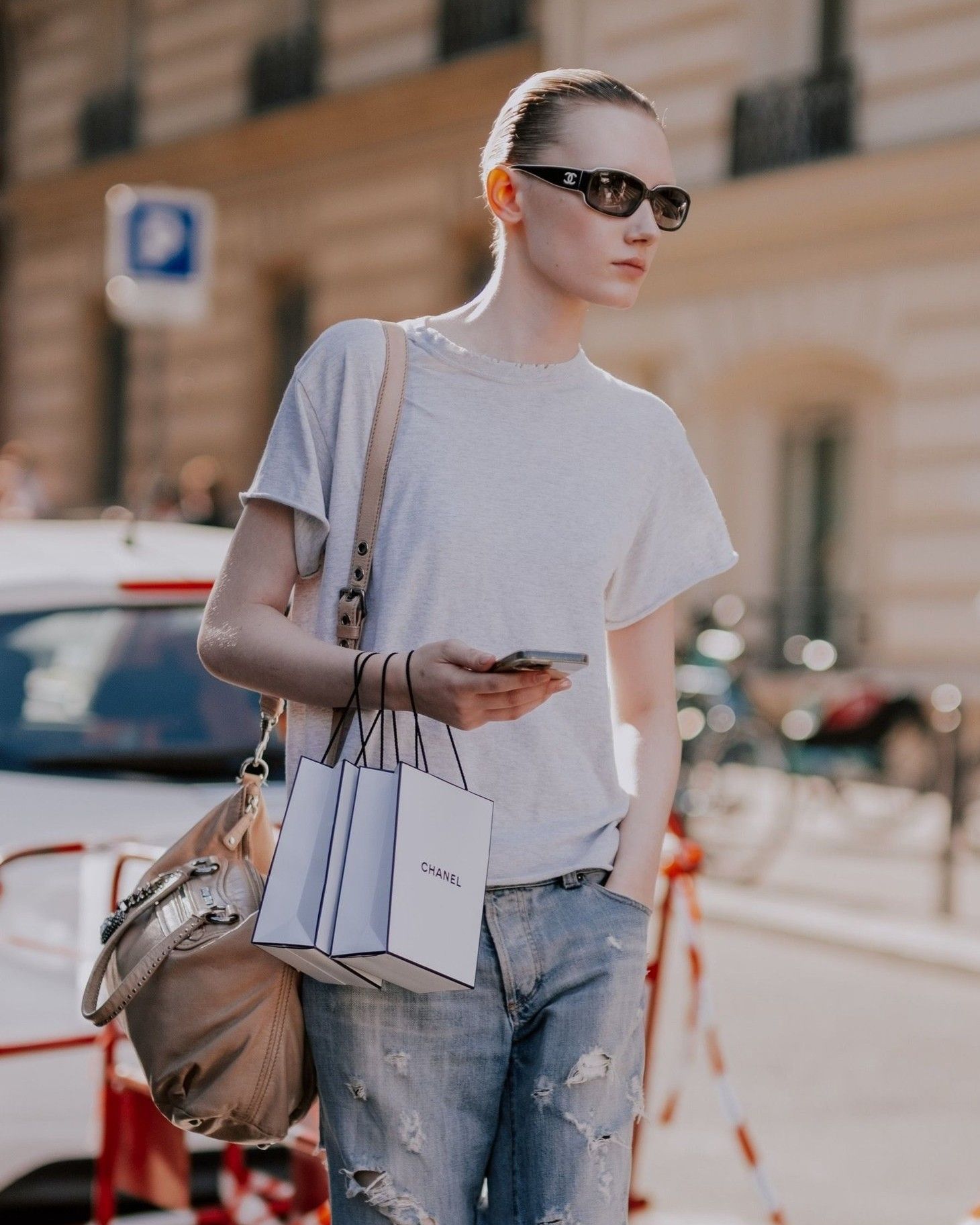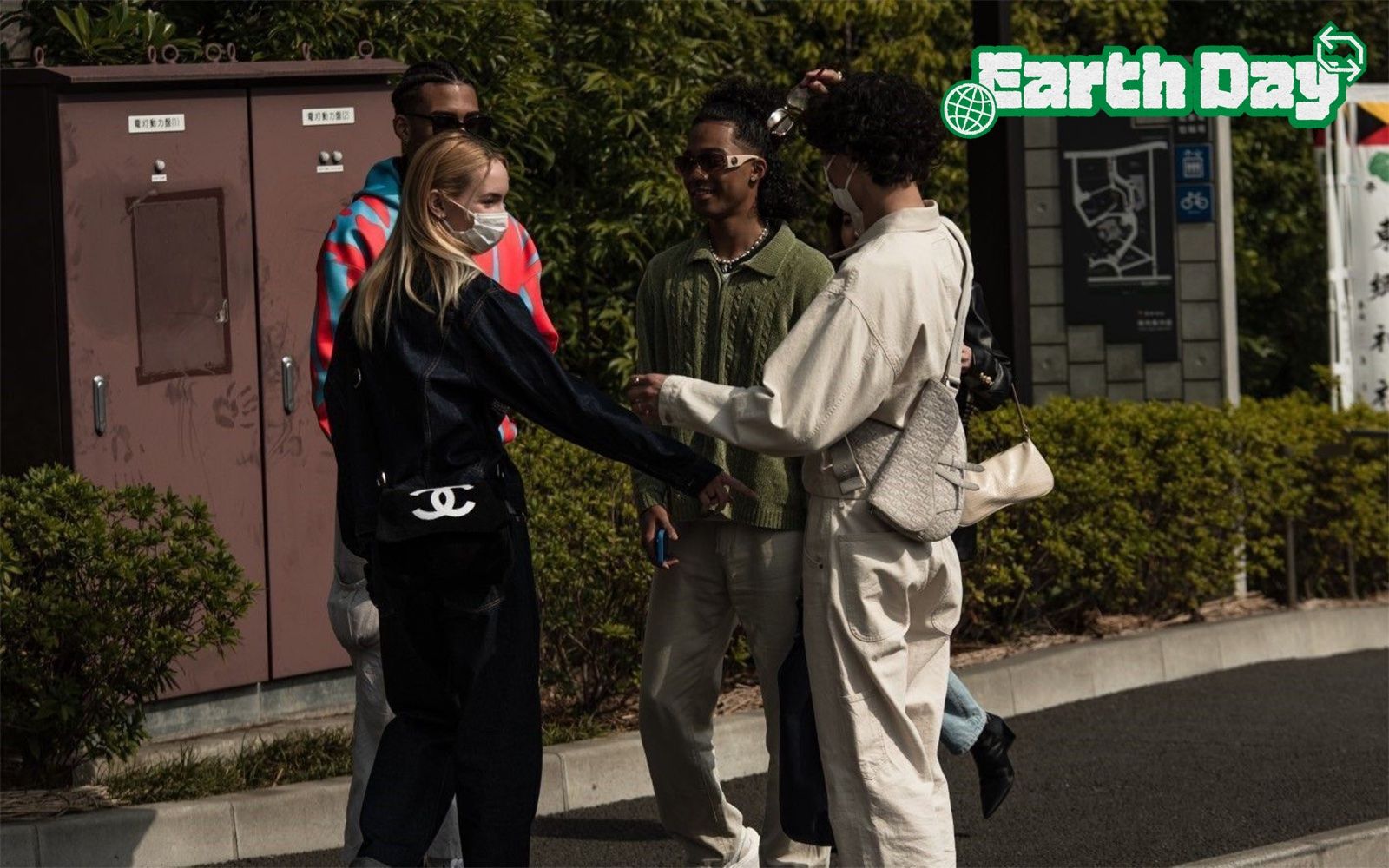
The unstoppable rise of second-hand fashion A sustainable market worth $120 billion to the fashion industry
The latest haute couture collections, recent red carpet looks and street style confirm it: everyone loves vintage. From the reappearance in the latest collections of Gucci's Horsebit bag and Marc Jacobs' Stam, to the craze for #archivefashion on TikTok, the new generations are showing growing interest in the world of second-hand fashion, an alternative to fast fashion reconciling the thrill of discovering rare items with environmental awareness. This strong passion translates into a booming market for the fashion industry; according to research by reselling platform Threadup, second-hand resale will grow by 127% by 2026, a forecast three times greater than that of conventional shopping. And while these estimates are gaining the attention of the luxury giants, now involved in repurposing, recycling and archive research, the sustainable aspect of the vintage market also lifts the mood of environmentalists. According to Impact Report, a study published in 2022 by the secondhand fashion platform Vestiaire Collective together with PwC, buying secondhand fashion can reduce the impact each item has on the planet by 90%. To obtain this data, Vestiaire Collective used a monetised calculation technique that made it possible to take several environmental factors into account, such as the environmental cost of each purchase, which amounts to €0.39, i.e. only one tenth of the environmental cost of a new purchase; or the emissions generated by purchasing on the platform, reduced by a good 17 kg of carbon dioxide, which is equivalent to the emissions produced by a car in a 100 km journey.
The aim of the Impact Report is to demonstrate that Vestiaire Collective's community-based, operational model is a fitting response to the enormous influence fast fashion has on the public's consumption. Precisely because it is community-driven, Vestiaire Collective collected the opinions of 2,363 consumers in 57 countries, and from these interviews it emerged that 70% of users admitted that buying secondhand avoided buying a first-hand garment - a particularly important fact considering that this number has increased by 17% compared to previous studies on this luxury secondary market. Another highlight of the report is the so-called Upscale Effect: with the buying and selling of luxury goods, consumers are encouraged to buy higher quality, longer-lasting and more reselleable products, which puts into practice the core principle of sustainable fashion: less but better. Which also underlines the role of resell platforms in making consumer habits virtuous, with 50% of sellers on Vestiaire Collective stating that they would not have resold items without the platform. The expansion of the secondhand market brings together two worlds historically at antithesis: not only is it worth $120 billion to fashion brands and retailers worldwide, but it is expected to save the planet over $40 billion in environmental costs by 2030, demonstrating how shopping choices can truly influence our future.










































